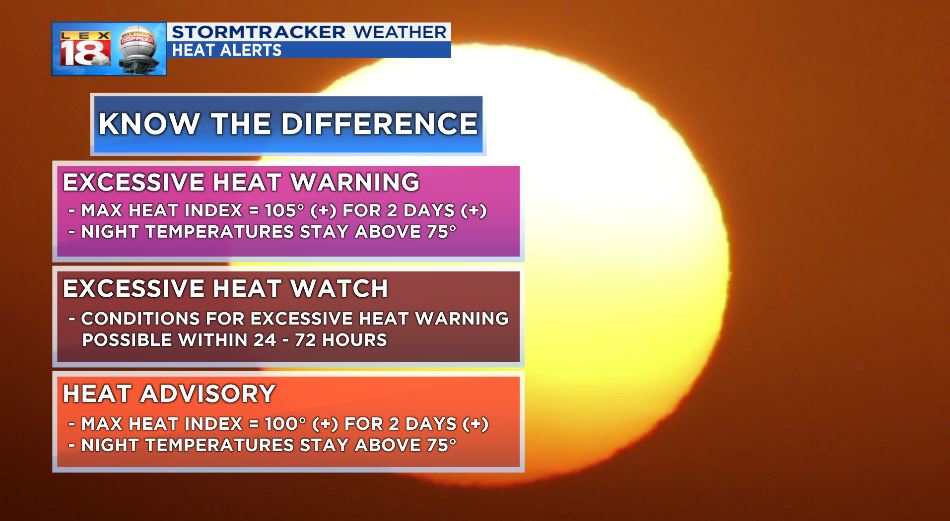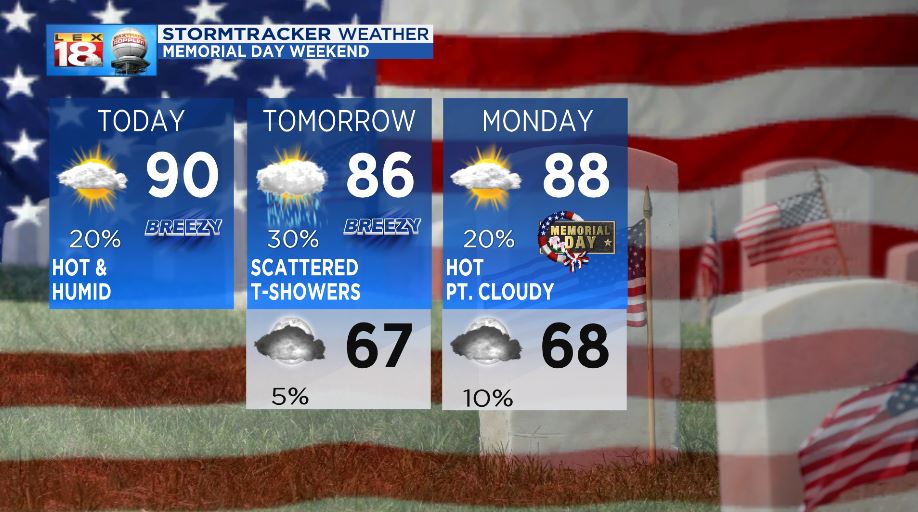Typically, May is not a month that we start discussing heat safety. However, the heat that is in place right now is more typical of July or August and therefore we should be discussing it. The hot days make for great outdoor weather, but safety must be prepared for and practiced.
Practicing good heat safety requires more than just drinking water and staying cool. So many people forget simple practices that keep them, their family, and their pets safe during the hot months of the year. The safety tips below should be on everyone’s mind.

Heat-related illness is common during the hot summer months. It’s hard to imagine the negative effects of above average heat, but the danger is certainly real. Knowing the signs of heat-related illness can save your life or those of your loved ones. There are similarities between heat exhaustion and heat stroke and there are differences. Those can be found below.

Every year, we hear of tragic car deaths related to heat. Children and pets are unfortunately left in hot cars and have no way to cool down. Even a quick 10-minute trip inside a store can have deathly impacts on those left inside a hot car. Your vehicle can mimic an oven on hot afternoons. Internal temperatures (even with cracked windows) will warm quickly to dangerous levels in a matter of minutes. The gif below demonstrates how quickly the inside of your car can warm up based on the outside temperature.
.gif)
Humidity can not only be uncomfortable but also dangerous. The “heat index” is a temperature value based on the amount of moisture in the air while at a certain temperature. When there is a lot of moisture present in the air, evaporation of sweat from your body slows. Sweat evaporation is a cooling process and is designed to cool you down on hot days. If the process slows, you will feel much warmer than the actual temperature and that can lead to heat-related illnesses. Below is a heat index chart that represents how warm the air will “feel” based on the temperature and dew point experienced.

We as meteorologists have your best interest in mind when it comes to extreme heat. Moisture in the air can be deadly when the mercury rises and can make it feel much warmer than it actually is. When the temperature and heat index reaches a certain point, the risk of heat-related illnesses becomes a real threat. The National Weather Service issues heat alerts in the form of advisories, watches, and warnings during or ahead of excessive heat events. Below are the alerts and their typical criteria.

This Memorial Day weekend will be hot, but not “excessive heat warning” hot. Still, heat-related illnesses are still possible. Also, remember that even with the windows cracked, the inside of your vehicle will still warm to deadly temperatures in a matter of minutes. Below is your Memorial Day Weekend Forecast showing hot and humid afternoons.

Please be safe this holiday weekend. The heat can be dangerous, but proper planning and practices will keep you and your loved ones safe!

